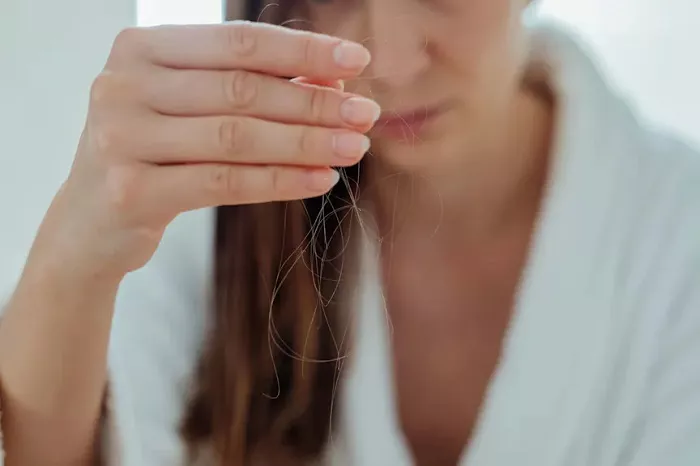If you’ve noticed thinning hair near your neck or just above your ears, you may be experiencing retrograde alopecia—a less common form of hair loss that progresses upward from the lower scalp, differing from typical patterns like male pattern baldness.
What Is Retrograde Alopecia?
Retrograde alopecia, sometimes called vertical alopecia, causes hair thinning starting at the nape of the neck or sides of the scalp, moving upward. Unlike alopecia areata, which creates round patches of hair loss, this condition follows a distinct vertical progression.
Causes Behind Retrograde Alopecia
Experts point to several contributing factors:
Genetics: This condition is a variant of hereditary hair loss linked to sensitivity of hair follicles to the hormone dihydrotestosterone (DHT). For some, DHT-sensitive areas extend lower on the scalp, causing retrograde alopecia. It may also be more common in Asian individuals due to naturally finer hair in these regions.
Hormonal Imbalances: Conditions like polycystic ovary syndrome (PCOS) can disrupt hormone levels in women, leading to hair thinning at the lower scalp.
Lifestyle Factors: Prolonged stress and wearing tight hats or helmets can worsen hair thinning by putting constant tension on hair follicles.
Autoimmune Conditions: Diseases such as lichen planopilaris cause immune system attacks on hair follicles, resulting in scarring and hair loss.
Recognizing Symptoms and Getting a Diagnosis
Retrograde alopecia often presents as a widening band of thinner, finer hair around the neckline, sometimes making it difficult to style hair as usual. The scalp in affected areas can appear smoother, tighter, and shiny due to unhealthy follicles. Because changes are gradual, tracking photos and consulting a dermatologist for scalp examination using a trichoscope can help detect follicle miniaturization. In some cases, a scalp biopsy is necessary to check for scarring or inflammation.
Treatment Options and Hair Health Advice
Early intervention is key to restoring hair growth and preventing permanent follicle damage. Treatment largely mirrors that of androgenic alopecia and includes:
Medications: Topical minoxidil boosts blood flow to follicles, stimulating growth, while oral finasteride lowers DHT levels to slow hair thinning. Steroids—topical or injectable—may reduce follicle inflammation but are typically short-term solutions due to side effects.
Lifestyle and Diet: While no definitive diet prevents retrograde alopecia, an anti-inflammatory, nutrient-rich diet supports hair health. Focus on leafy greens, nuts, eggs, fatty fish, and foods rich in iron and zinc. Managing stress through exercise, mindfulness, and good sleep hygiene is also essential to maintain a healthy hair growth cycle.
Advanced Therapies: Platelet-rich plasma (PRP) injections deliver growth factors to follicles, encouraging regrowth. Emerging treatments using stem cell-derived exosomes show promise in stimulating follicles. Red light therapy improves scalp circulation and follicle health, with FDA-cleared devices available for clinical or home use. Scalp micropigmentation can create the appearance of fuller hair where thinning is present.
Hair Transplants: Proceed with Caution
Hair transplant surgery is often a last resort for retrograde alopecia due to the loss of donor hair in affected areas. Specialists recommend stabilizing hair loss through medical treatments before considering surgery. In cases with limited scalp donor hair, body hair transplant options, such as from the beard, may be explored.
If you observe unusual thinning around your neckline or ears, consulting a dermatologist specializing in hair loss is crucial. Whether retrograde alopecia stems from genetics, hormones, autoimmune issues, or lifestyle factors, timely treatment and hair health tips can significantly improve your chances of preserving and regrowing hair.
Related Topics:
- 8 Expert-Approved Hair Health Tips to Refresh Your Summer Style
- Hair Medical Services Market Booms Amid Rising Consumer Awareness
- $10 Hair Thickening Serum Boosts Hair Growth and Health Fast


